3,5-Dichloropyridine
- CAS NO.:2457-47-8
- Empirical Formula: C5H3Cl2N
- Molecular Weight: 147.99
- MDL number: MFCD00006376
- EINECS: 219-537-9
- SAFETY DATA SHEET (SDS)
- Update Date: 2025-07-04 14:23:25

What is 3,5-Dichloropyridine?
Chemical properties
White to yellow powder
The Uses of 3,5-Dichloropyridine
3,5-Dichloropyridine (cas# 2457-47-8) is a compound useful in organic synthesis.
Purification Methods
Crystallise 3,5-dichloropyridine from EtOH, or distil it. [den Hertog et al. Recl Trav Chim, Pays Bas 69 685 1950, Beilstein 20 H 23, 20 III/IV 2502, 20 V 417.]
Properties of 3,5-Dichloropyridine
| Melting point: | 65-67 °C (lit.) |
| Boiling point: | 178 °C |
| Density | 1.39 |
| Flash point: | >110°C |
| storage temp. | Inert atmosphere,Room Temperature |
| solubility | Chloroform, Ethyl Acetate |
| form | Solid |
| pka | 0.32±0.10(Predicted) |
| color | White to Off-White Low Melting |
| BRN | 1973 |
| CAS DataBase Reference | 2457-47-8(CAS DataBase Reference) |
| NIST Chemistry Reference | Pyridine, 3,5-dichloro-(2457-47-8) |
Safety information for 3,5-Dichloropyridine
| Signal word | Danger |
| Pictogram(s) |
 Corrosion Corrosives GHS05  Exclamation Mark Irritant GHS07 |
| GHS Hazard Statements |
H302:Acute toxicity,oral H315:Skin corrosion/irritation H318:Serious eye damage/eye irritation H335:Specific target organ toxicity, single exposure;Respiratory tract irritation |
| Precautionary Statement Codes |
P280:Wear protective gloves/protective clothing/eye protection/face protection. P302+P352:IF ON SKIN: wash with plenty of soap and water. |
Computed Descriptors for 3,5-Dichloropyridine
3,5-Dichloropyridine manufacturer
Lorven Biologics Pvt Ltd
1Y
Phone:+91-8884110005
Whatsapp: +91-8884110005
product: 3,5-Dichloropyridine 2457-47-8 98%
SAKEM LLP
1Y
Phone:+91-9676889998
Whatsapp: +91-9676889998
product: 3,5-Dichloropyridine 2457-47-8 98%
Chemit Laboratories
Telangana
product: Liquid 3,5- Dichloropyridine Chemical, Packaging Size: 200 Litre
New Products
4,4-Difluoropiperidine hydrochloride tert-butyl 9-methoxy-3-azaspiro[5.5]undecane-3-carboxylate Indole Methyl Resin N-Isopropylurea N,N-Dicyclohexylcarbodiimide(DCC) MELDRUMS ACID 5-METHYLISOXAZOLE-4-CARBOXYLIC ACID Magnessium Bis glycinate Zinc ascorbate 1-bromo-2-butyne 2-acetamidophenol 9(10H)-anthracenone Erythrosin B, 4-Piperidinopiperidine 2-((4-morpholinophenylamino) (methylthio) methylene) malononitrile 2,4-dihydroxybenzaldehyde 3-(4-morpholinophenylamino)-5-amino-1H-pyrazole-4-carbonitrile Methyl 2-methylquinoline-6-carboxylate 2,6-dichloro-4-nitropyridine 4-Bromo-2-chlorobenzonitrile 2-(benzylamino)acetic acid hydrochloride 4-(tert-Butoxycarbonylamino)but- 2-ynoic acid 3,4-dihydro-2H-benzo[b][1,4]dioxepine 1-Phenyl-1-cycloprppanecarboxylicacidRelated products of tetrahydrofuran
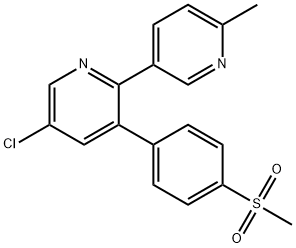

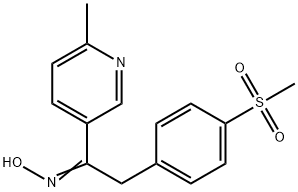
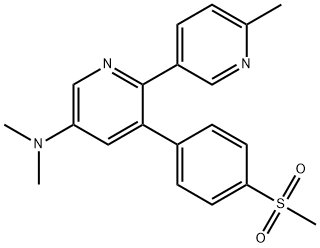
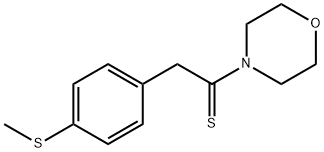
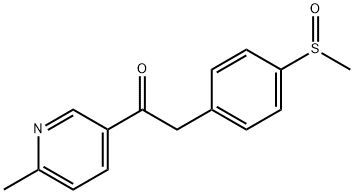
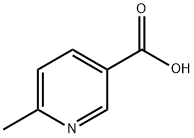
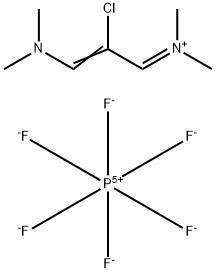
You may like
-
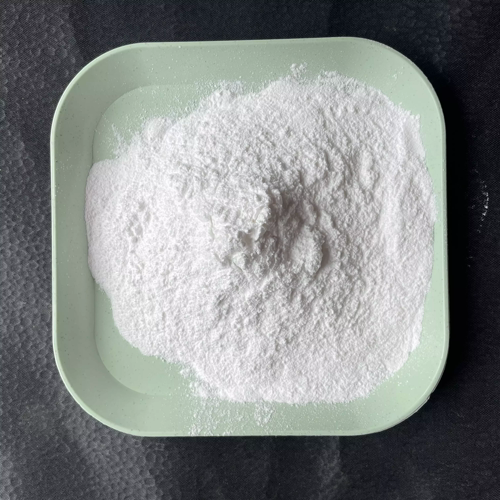 3,5-Dichloropyridine 99%View Details
3,5-Dichloropyridine 99%View Details
2457-47-8 -
 3,5-Dichloropyridine 2457-47-8 98%View Details
3,5-Dichloropyridine 2457-47-8 98%View Details
2457-47-8 -
 3,5-Dichloropyridine CAS 2457-47-8View Details
3,5-Dichloropyridine CAS 2457-47-8View Details
2457-47-8 -
 3,5-Dichloropyridine CAS 2457-47-8View Details
3,5-Dichloropyridine CAS 2457-47-8View Details
2457-47-8 -
 3,5-Dichloropyridine, 98% CAS 2457-47-8View Details
3,5-Dichloropyridine, 98% CAS 2457-47-8View Details
2457-47-8 -
 3,5-Dichloropyridine CAS 2457-47-8View Details
3,5-Dichloropyridine CAS 2457-47-8View Details
2457-47-8 -
 Liquid 3,5- Dichloropyridine Chemical, Packaging Size: 200 LitreView Details
Liquid 3,5- Dichloropyridine Chemical, Packaging Size: 200 LitreView Details
2457-47-8 -
 3,5-Dichloropyridine 2457-47-8 98%View Details
3,5-Dichloropyridine 2457-47-8 98%View Details
2457-47-8
Statement: All products displayed on this website are only used for non medical purposes such as industrial applications or scientific research, and cannot be used for clinical diagnosis or treatment of humans or animals. They are not medicinal or edible.
